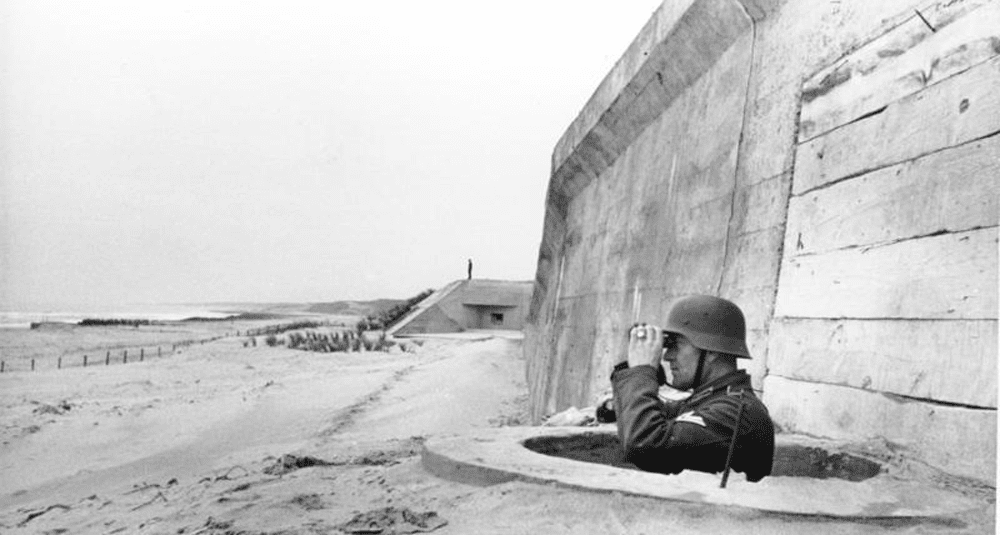What is the name of the system of fortifications built by the Third Reich in 1942?
Last Updated:
The Atlantic Wall, or Atlantikwall in German, is a system of coastal fortifications built by Nazi Germany under the Third Reich during the World War II. Built from 1942 onwards, the fortifications stretch for 5,000 kilometers, from northern Norway to the French-Spanish border. Its main purpose was to protect German-occupied Europe against a possible Allied landing, which the Nazis particularly feared on the French coast.
The idea of the Atlantic Wall was born at the instigation of Adolf Hitler, who, following the United States’ entry into the war in December 1941, feared a massive Allied invasion by sea. To ward off such an eventuality, he ordered the construction of a series of solid defenses along the coasts of Western Europe, notably in France, the Netherlands, Belgium, Denmark and Norway. These fortifications included bunkers, heavy artillery batteries, air defense posts, minefields and anti-landing obstacles placed directly on the beaches.
The Atlantic Wall was not built uniformly. Some sections, notably in Normandy, were much more heavily fortified due to their strategic importance and proximity to the British Isles. Other areas, less likely to be attacked, such as the Norwegian coast, were less protected.
Among the Atlantic Wall’s most impressive fortifications were reinforced concrete blockhouses, capable of withstanding heavy air and land strikes. Some of these blockhouses housed heavy guns capable of firing on approaching enemy vessels, while others served as command posts for German troops stationed on the beaches.
The Atlantic Wall mobilized enormous human and material resources. Thousands of workers, including prisoners of war and forced laborers, were involved in its construction. The Organisation Todt, a civil and military engineering organization of the Third Reich, supervised the work. Despite the scale of the project, the Atlantic Wall was never fully completed before the Allied landings.
On June 6, 1944, on the famous D-Day, Allied forces launched Operation Overlord, the largest amphibious landing in history, on the beaches of Normandy. Despite the presence of the Atlantic Wall and German defenses, the Allies succeeded in breaking through the fortifications and establishing a bridgehead in France, marking a turning point in the World War II. The Atlantic Wall, though powerful on paper, proved insufficient in the face of Allied troop strength and air and naval superiority.
Today, many remnants of the Atlantic Wall remain along Europe’s coasts, notably in Normandy. These sites have become places of remembrance, honoring the soldiers who took part in the Allied landings and remembering the horrors of war. Museums and guided tours give visitors a better understanding of the scale of the German defences and the importance of Operation Overlord in the liberation of Western Europe.
The Atlantic Wall, built by the Third Reich in 1942, was a vast system of fortifications designed to defend Nazi-occupied Europe against an Allied landing. Despite the colossal resources devoted to its construction, it was unable to prevent the successful Normandy landings in 1944, which marked the beginning of the end for Nazi Germany.
You may also be interested in
history

What is the name of the system of fortifications built by the Third Reich in 1942?
Answer
The Atlantic Wall is a series of coastal fortifications built by the Third Reich in 1942 to defend Europe against the Allied landings.